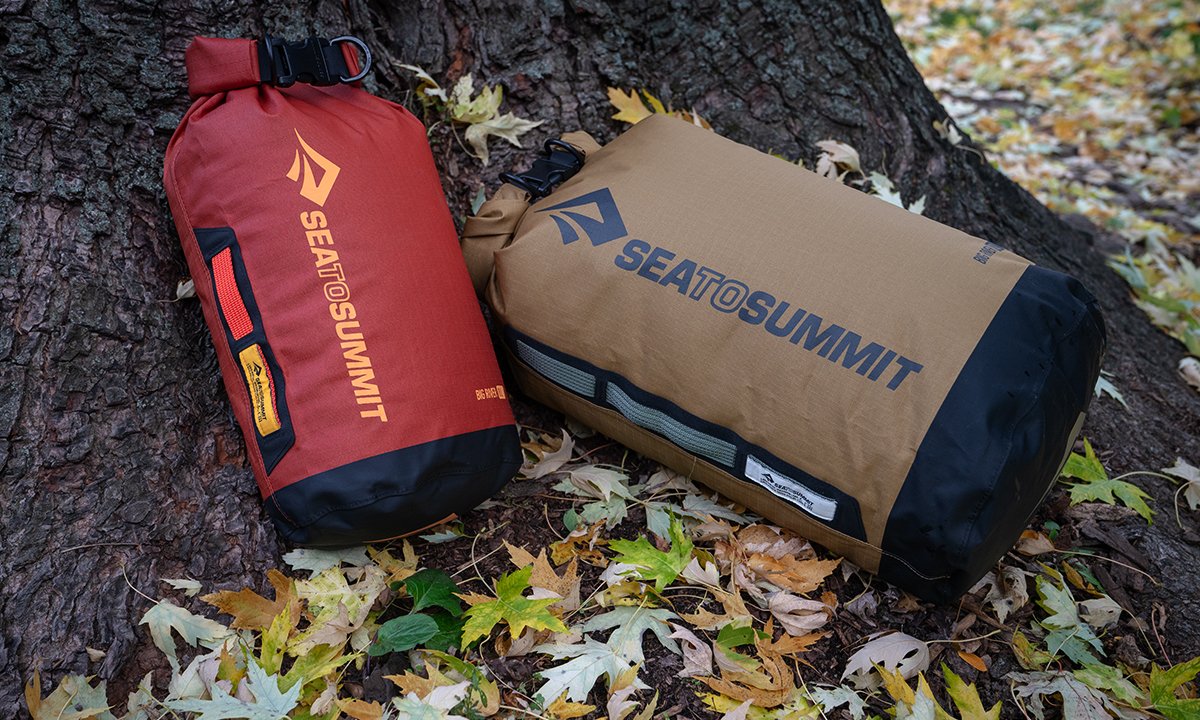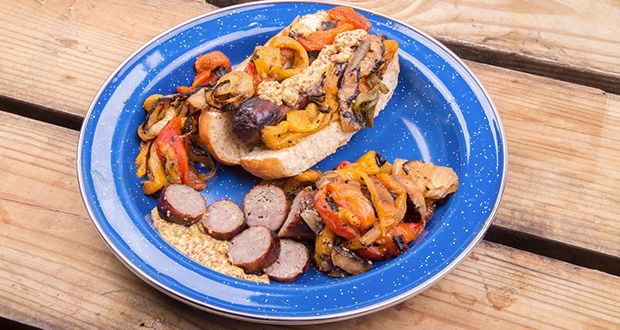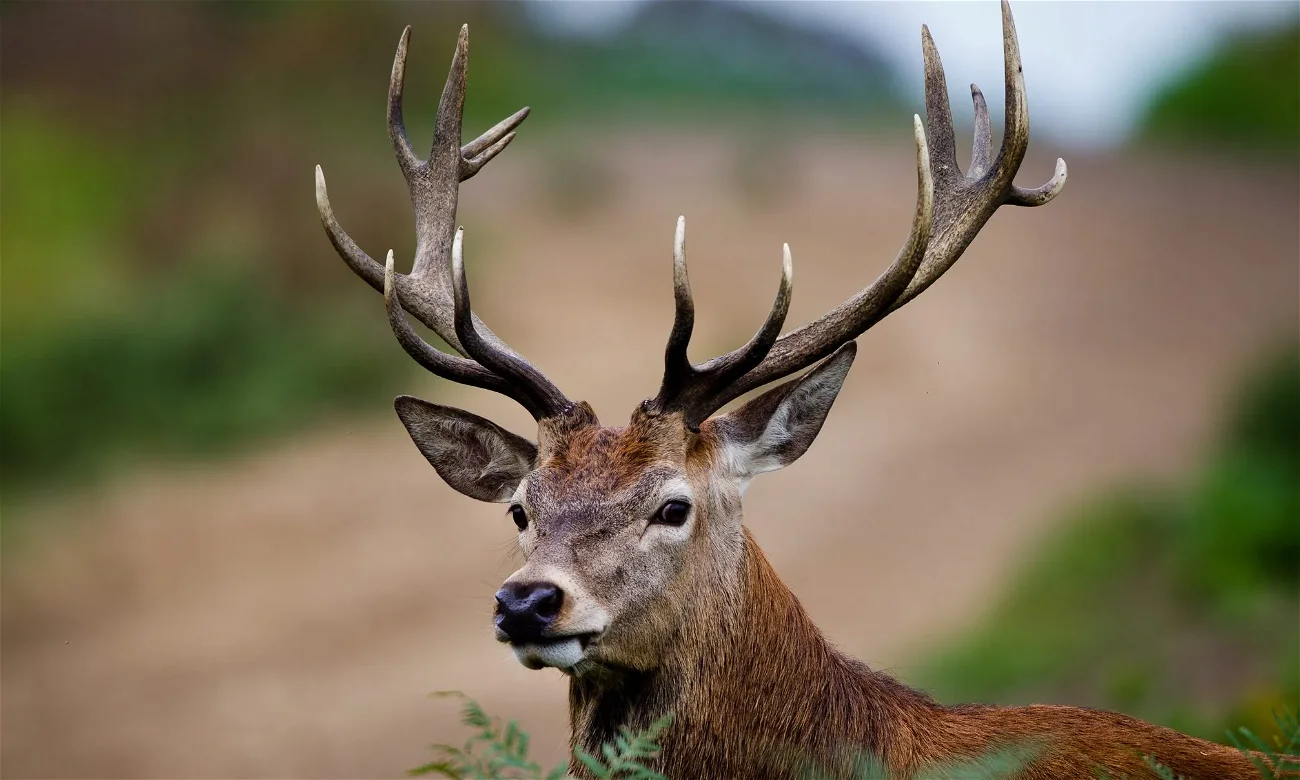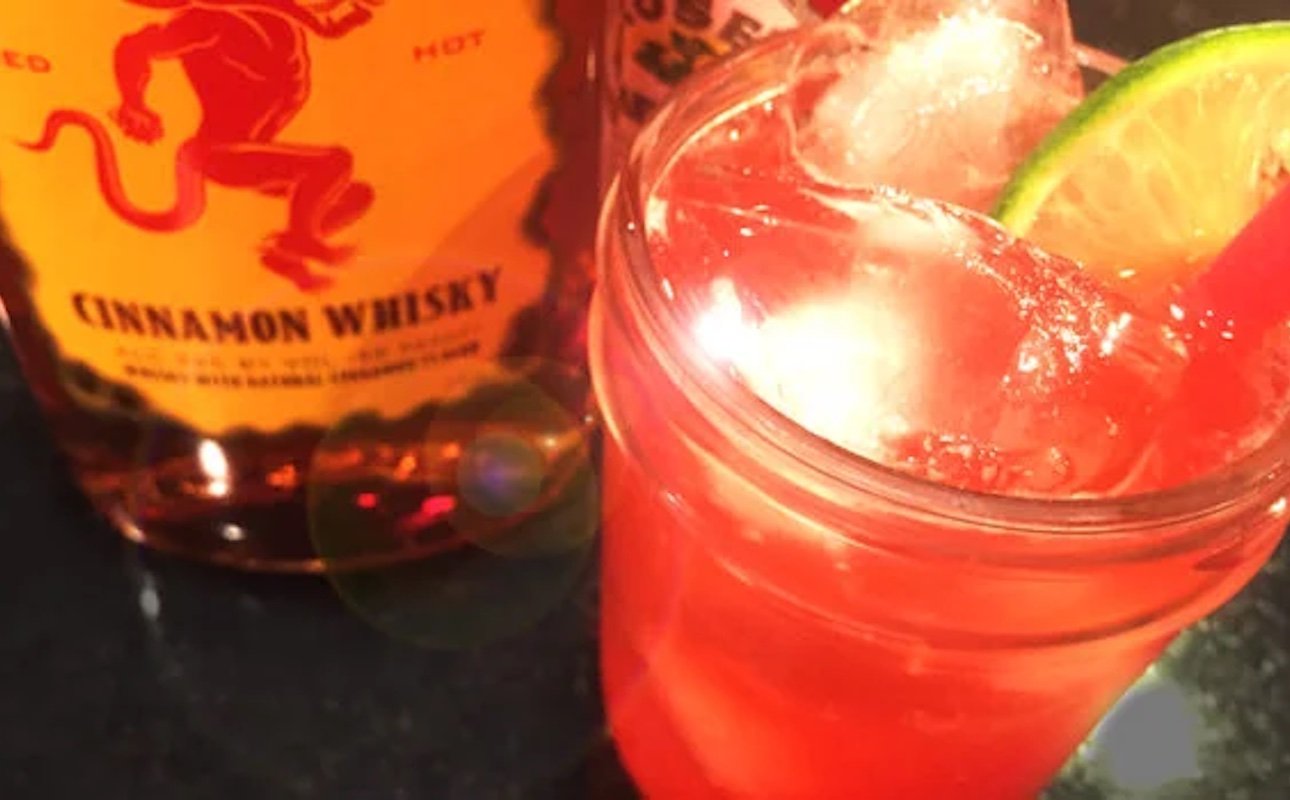You are going to find “fish” as an answer in most every search result for ‘what not to cook in cast iron.’
Videos by Outdoors
It is a guarantee to be on the list for two major reasons. One is valid: delicate flaky fish like talapia, soul and flounder will fall apart, no matter how well seasoned the cooking surface. The other is preference: cast iron holds flavors and fish may not be something you want baked in. Both caveats are for you to decide what to do with your cast iron.
I would definitely not cook delicate fish on my cast iron. For the record. Use a non-stick pan.
Other fish are great on cast iron.
Most of the best fish for cast iron are not coming out of the local fishing spot. All of mahi mahi, swordfish, tuna, and wahoo will sear off and develop a delicious crust when cooked on hot cast iron. All can also be cooked to preference like a steak and are not very “fishy” for anything that is seasoned in. Maybe you brought it with you and want it over the campfire — or there happens to be a skillet available after your charter — do not be afraid to cook them with confidence.
From there, you still have thinner fish that are good swimmers, which can also do just fine on cast iron. Catfish, trout, and salmon can all perform well in an iron skillet.
Salmon can handle the heat.
Salmon will be the most debated because it is flaky, and could stick. With correct cooking technique, salmon is going to be an iron skillet go-to.
You have to make sure that your cast iron is hot. The best way is to have an oven and ensure it gets to 425, but if that is not realistic, make sure the fire has the cooking surface hot. Next, brush the skin with about a tablespoon of oil and then set the salmon skin-side down into the skillet to sear. Add salt and pepper to season and you are, at minimum, on the right path. It is the similar steps that you would take for salmon if you were cooking on a non-stick pan, too.
If this is going into the oven, bake it uncovered for 15-18 minutes, depending on your temperature preference. Salmon should be cooked to an internal temperature of 125.
If this is over a fire, you will need to be more deliberate with checking the pan temperature and monitoring how the skin is cooking versus a countdown. A crispy skin is the desired outcome. It is also what will help ensure the salmon does not stick. Not cooked enough and it is going to stick. Cooked too much and it will burn and the fish will flake off. Neither are skillet ruiners, but it could be the end of your meal.
You are set with just salt and pepper. There are plenty of sauce, seasoning, and herb butter options that can be added to your salmon if you want. All will only be accented by the cast iron goodness!









